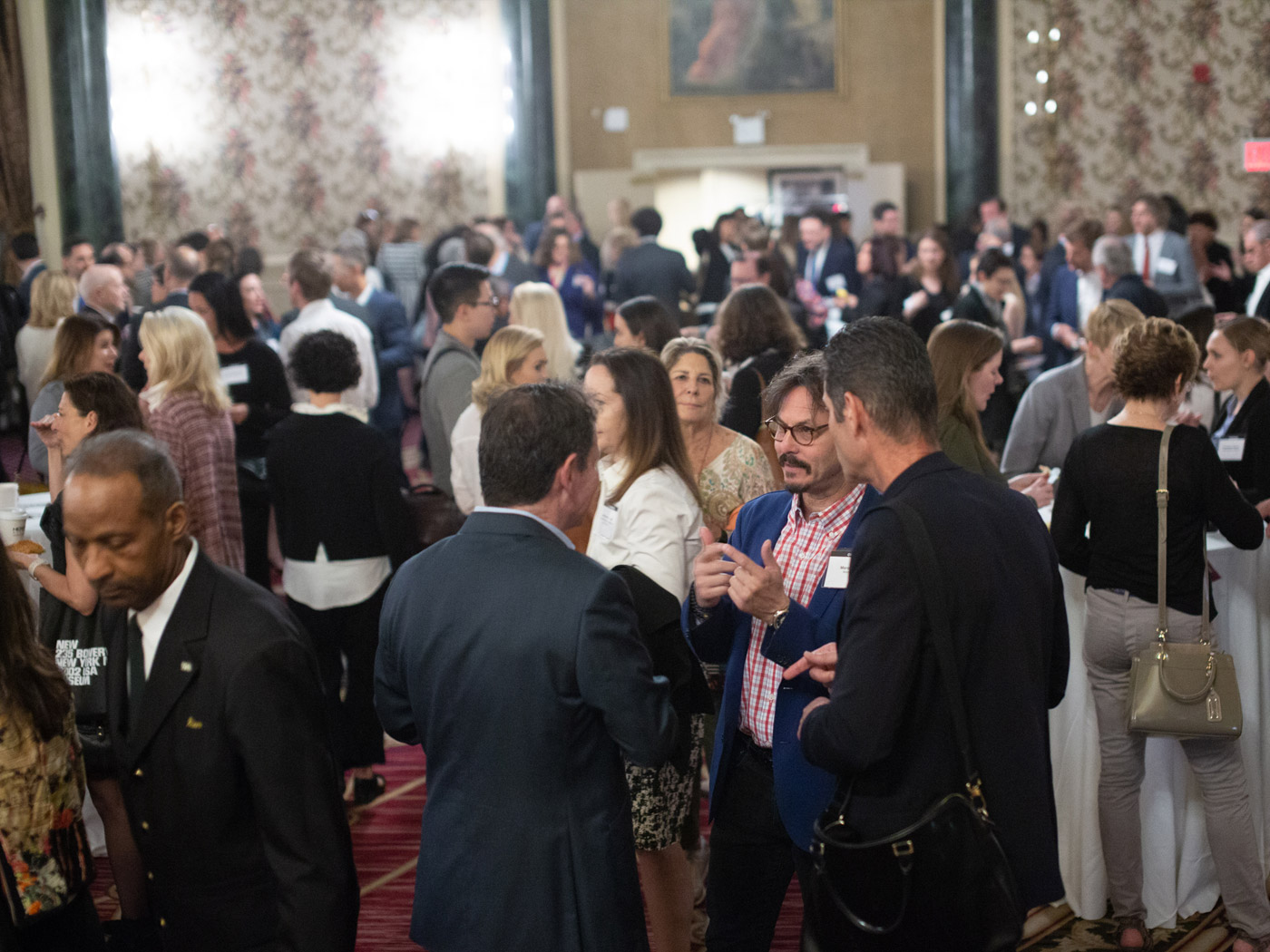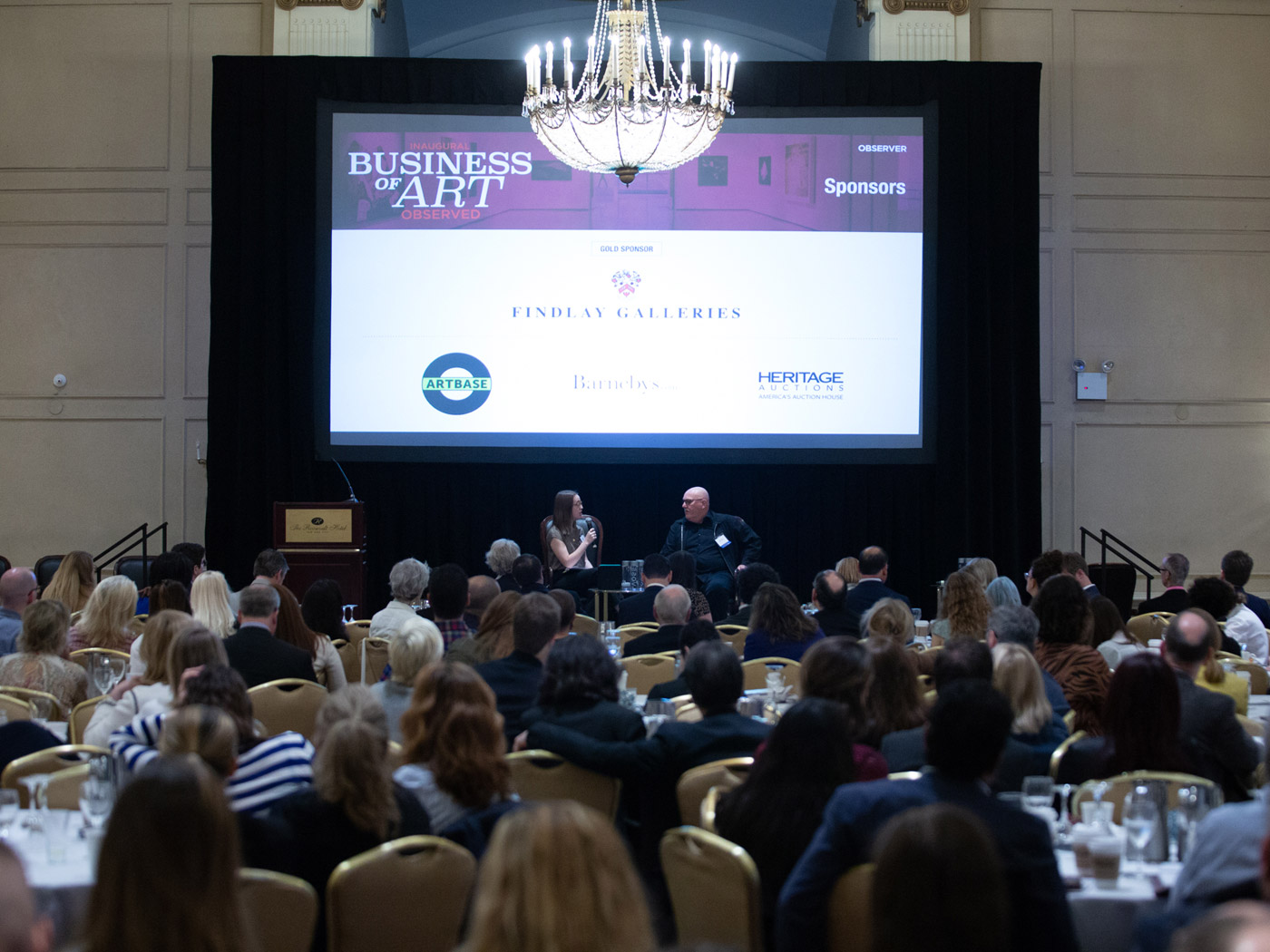5 Questions with the Senior Editor of Arts and Culture at Observer
Nov 4, 2019
Today we chat with Juliet Helmke, the Senior Editor of Arts and Culture at Observer who helped design the agenda for the upcoming Business of Art Observed coming up on November 12th in NYC.
Prior to joining Observer, Juliet was an editor at Modern Painters magazine, and before that she gained experience both in book publishing and communications. Her interest in covering the arts lies in how such a seemingly specific field puts one in contact with so many issues and avenues for discovery—from art made about social upheaval to works that introduce you an influential figure, a little known historical event, a new species, and beyond.
Observer has been offering an original take on the latest in news, culture, politics and luxury since its inception in 1987, and you come from an arts background. How have you seen the art market change over the years?
The biggest change I see is the host of new technologies coming to the market that disrupt how we buy, protect, and trace the provenance of fine art. Their potential to take the world by storm is immense. Just recently, we’ve looked at a social media platform connecting artists and encouraging a collaborative model for monetization, numerous entities trying to harness blockchain to protect against theft and forgery, and startups changing the way people with an interest in art become collectors. Tech has certainly unsettled the industry, but I, for one, am excited!

Earlier this year, Observer hosted its inaugural Business of Art Conference in New York City. What was the main highlight for you?
Personally, a highlight was having the opportunity to speak with Sean Kelly, who delivered a riveting fireside chat that candidly covered issues many dealers are facing, like how to put artists ahead of profits, why gallerists are feeling the push to expand to different territories, and how art fairs are affecting brick and mortar businesses. Beyond that, being able to network with a number of former colleagues and peers all in one space made for great opportunity for connection, and I came away from our panel on art and digital technology with a hunger to learn more about that burgeoning field—it really is the future, and we should prepare for it now.
What are you doing differently in the Business of Art Observed Conference this fall?
We’re digging deeper. The last iteration served as a great jumping off point for bringing our colleagues in the arts together to hear what challenges they are facing. Now, we’re taking all that we’ve heard and tailoring it so that attendees can feel like they’re walking away with some ideas for solutions. For example, we’re going to host a talk about art fairs that I hope will help honestly tackle how they’ve drastically changed the industry. We’ll be looking at the great positives of having so many debut in the last few years, but also the ways in which we can mitigate the strain that the pressure to participate puts on some gallerists.
The conference discusses important trends and challenges affecting the art world at large. More specifically, what topics will you be addressing?
Beyond the fairs panel, we will be looking at the antiquities trade, asking not only how laws should change, but what moral obligations museums and collectors have in contributing to the ethical handling of cultural property and patrimony. We’ll also be delving into the way that blockchain technologies can specifically address the issue of authentication, and in a panel featuring some of the greatest minds working at prominent auction houses, we’ll be tracking millennial buying trends.

Why are these topics important when it comes to the evolution of the art market?
It’s not just technological advances, our attitudes towards social and moral questions have been rapidly developing with the help of an interconnected global village. When should art be repatriated to a country from which it was removed? Is there a price simply too high to justify spending on any one work of art? How do we support artists and advocate for the arts in a world with so many pressing needs? None of these questions have simple answers, and they’re just a few of the many issues confronting arts professionals around the world. The health of the art market depends on having frank conversations that allow us to address these concerns.

:sharpen(level=0):output(format=jpeg)/wp-content/uploads/2019/11/5-Questions-with-the-Senior-Editor-of-Arts-and-Culture-at-Observer-1.jpg)
:sharpen(level=1):output(format=jpeg)/wp-content/uploads/2024/05/The-Art-Lawyers-Diary-1.jpg)
:sharpen(level=1):output(format=jpeg)/wp-content/uploads/2024/04/5-Questions-with-Bianca-Cutait-part-2-1.jpg)
:sharpen(level=1):output(format=jpeg)/wp-content/uploads/2024/05/20231208_164023-scaled-e1714747141683.jpg)
:sharpen(level=1):output(format=jpeg)/wp-content/uploads/2024/04/header.jpg)
:sharpen(level=1):output(format=jpeg)/wp-content/uploads/2024/04/5-Questions-with-Bianca-Cutait-part-1-1.jpg)
:sharpen(level=1):output(format=jpeg)/wp-content/uploads/2024/03/5-Questions-with-Alaina-Simone-1.jpg)